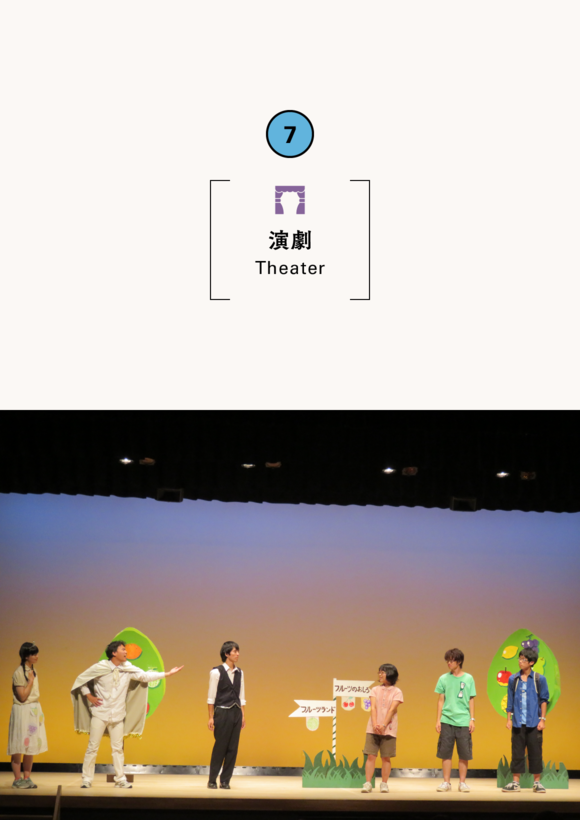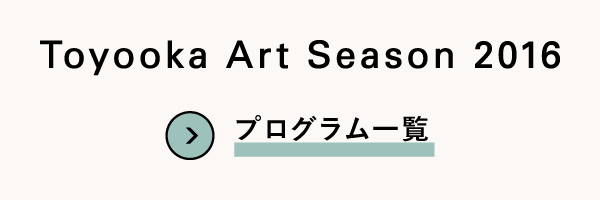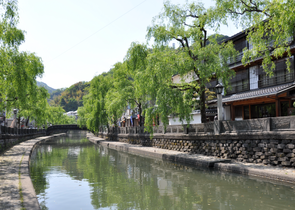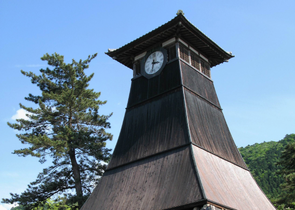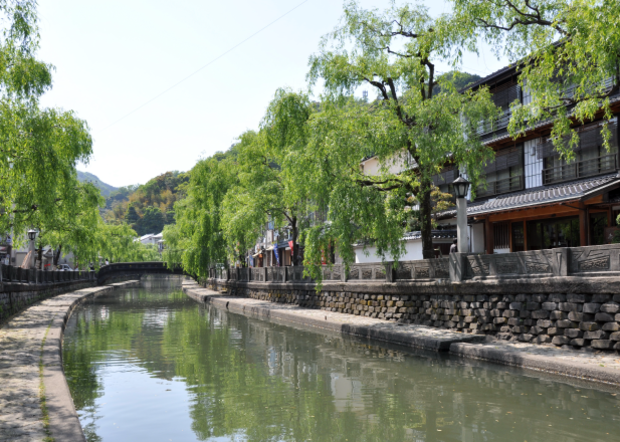Stork

Stork
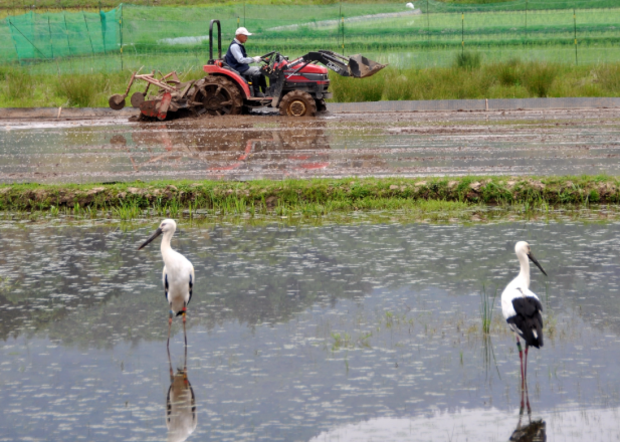
Stork
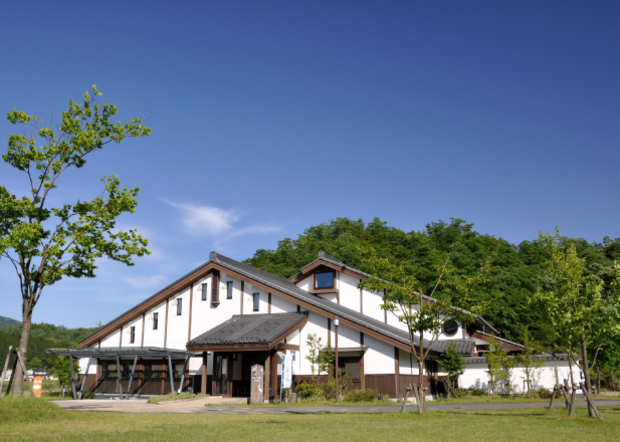
Toyooka Municipal Museum for Oriental White Stork
Toyooka Municipal Museum for Oriental White Stork
Kinosaki
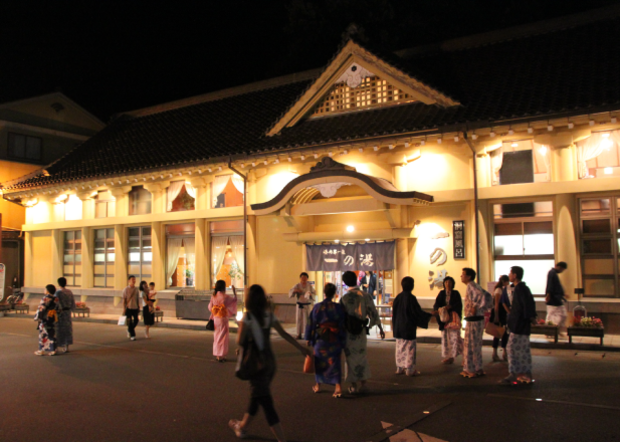
Kinosaki has seven public hot spring bathhouses, each with its own style and charm. Bathe in each one to find your favorite; whether it’s bathing in the outdoors or in a cave, you are sure to find one that appeals to you.
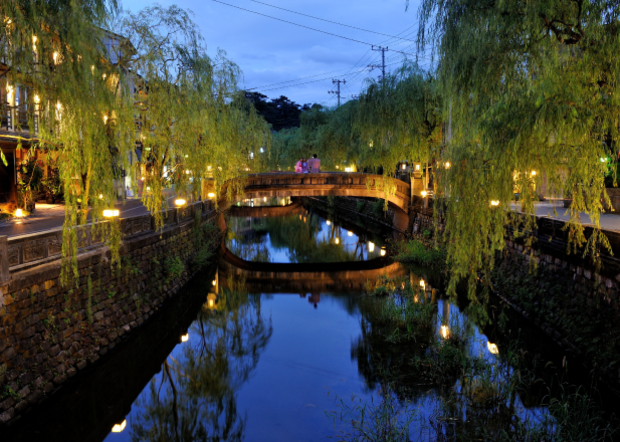
Kinosaki Onsen, the surrounding mountains, sea, river, traditional and cultural Japanese Inns, a central willow lined river, temple and shrine all offer beautiful views and peaceful sounds, feels as if you are relaxing in your own home / private getaway. Kinosaki is a very safe destination, the perfect luxury trip for families or the solo traveler.
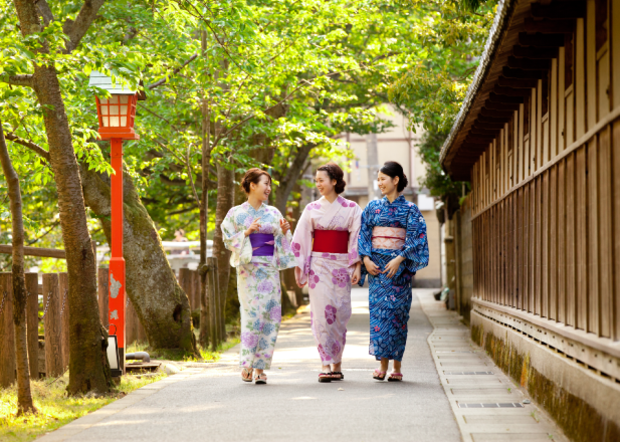
Walk the streets in your yukata, stop by the local merchants selling various specialties, soak in the foot baths while sipping on a local brew.
Kinosaki is a town renowned for its onsen and as the setting for the masterpiece, At Cape Kinosaki. The legendary author, Naoya Shiga, as well as authors of the Shirakabaha, and many more, visited the springs of Kinosaki. There, they experienced the 7 hot springs, lively hot spring district full of delicacies like crab, and the beauty of the surrounding nature, such as Maruyama River and Genbudō, which is said to have formed over 160,000 years ago due to volcanic activity. Now, artists have taken the place of writers who came to relax their bodies and minds and to arouse their imaginations.
Inquiry: Kinosaki Tourist Information Center
URL: http://www.kinosaki-spa.gr.jp/global/
Address: 357-1 Yushima Kinosaki-cho, Toyooka, Hyogo, 669-6101, Japan
Izushi

Shinkorou (clock tower) - The clock tower was built in 1871, and still ticks away today as the town's symbol.
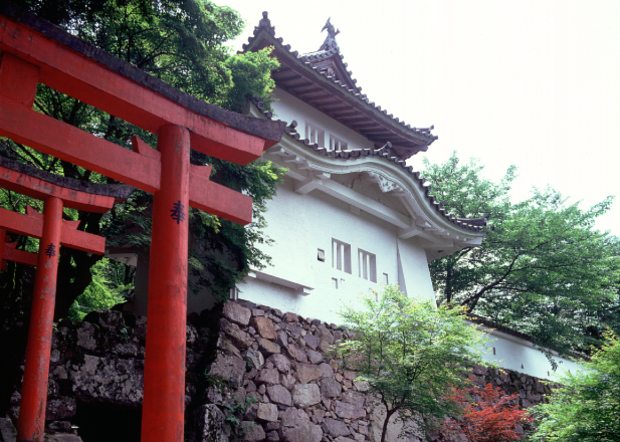
Izushi Castle Ruins - The ruins of Izushi castle, which were built in 1604. The wooden bridge, which samurai once used to enter the castle has been reproduced. Placed at the foot of a mountain, this is the perfect place to wander around and get a feel for the deep history of Izushi castle town.
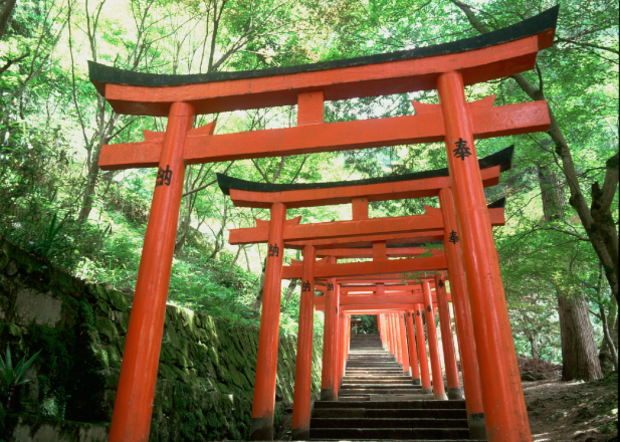
Arikoyama-inari - Next to the castle ruins you will find a stone staircase lined with beautiful red tori gates all the way up to the shrine at the top.
Izushi is a castle town that flourished during the Edo era, about 200-300 years ago.
There are several fine displays of traditional architecture found throughout the town, this is why Izushi is designated as a national preservation district of important buildings.
The town is also famous for its own original style of soba, Japanese buckwheat noodles. Approximately 50 soba shops line the town's streets.
Inquiry: Izushi Tourist Association
URL:http://www.izushi.co.jp/en/
Address:104-7 Uchimachi Izushi-cho, Toyooka-shi, Hyogo, 668-0214
